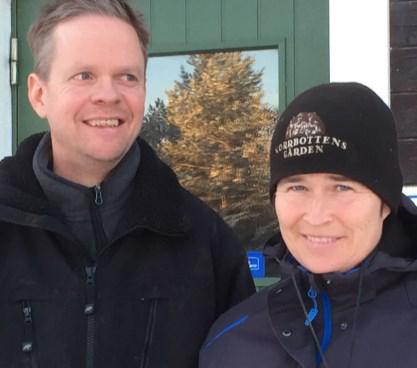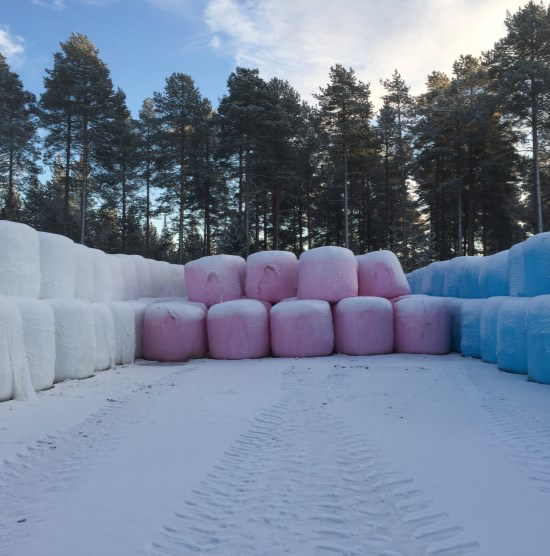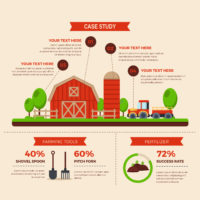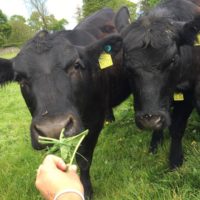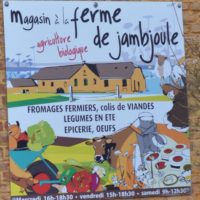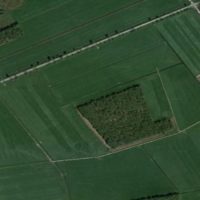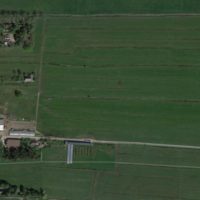Description
“The one thing we regret is that we didn’t try the system before”
When Grindstad replaced the older timothy variety Jonatan, leys developed faster. The forage quality was not good enough and the solution was three cuts instead of two. Nowadays, this farm makes the first cut on 18–22 June, the second 5 weeks later and the third cut 6 weeks after that. When one cut is delayed, the interval between the other cuts is reduced. However, the goal is to harvest on time. The motto is “Never regret an early and small first cut – you will recover it later.” This has tur-ned out to be true. The farm needed 200–300 kg extra milk to compensate for the increased costs of a third cut. In reality, one of the tests of three cuts at the same time gained 1,000 kg milk per cow, which saved a lot of money by decreasing the costs of concentrate.
For success, harvesting must be the first priority. The equipment has to be field-ready at least one week before cutting. A sample is taken for forecasts 2–3 weeks before harvest and the temperature sum is checked to identify the right week for cutting. The big bale contractor is notified and given the results of the analysis. Cutting is performed when the ear is progressing and the weather is good, irrespective of other tasks. Big bales are used for flexibility, low labour demand and fast harvest. This harvest chain also avoids using valuable time for preparation.
Reason for the innovation
A new timothy variety forced a three-cut system
This was one of the first farms to try a three-cut system at high latitude. It proved challenging to increase from harvesting the leys twice a year, but the change has paid off. Now and then the first cut has given just a small amount of forage, but the regrowth has always compensated for this. The farm is currently converting to organic production, raising the question of whether to continue with three cuts, as leys not fertilised with artificial fertilisers grow more slowly in spring.
Farm description
Environment
- Soil types: Sandy loam , silt loam and peat soils
- Climate: Cool continental climate
- Altitude: 56 m a.s.l
- Slope: 0 %
- The farm is situated in Norrbotten, north-east Sweden.
Grassland management
- Grazing: Yes, exercise pasture.
- Temporary grassland based on red clover, white clover, timothy and tall fescue or meadow fescue.
- Contracts in big baling and manure spreading.
Structure
- Annual Work Unit: 2.5
- Converting to organic production.
- 255 ha agricultural area incl. semi-natural grasslands
- 40 ha undersown ley in wheat/pea and wheat/common vetch harvested as whole crop are grown.
Animal performance
- 68 dairy cows (Swedish Red), producing 11,200 kg milk per year in VMS.
- The farm rears 100 steers a year.
Why it is working
Good quality in roughage is always profitable. If three cuts instead of two work well at this high latitude, they can work everywhere, as long as the ley is composed of species with a fast growth in all cuts. Recent climate change has also set the conditions for three cuts a year.
